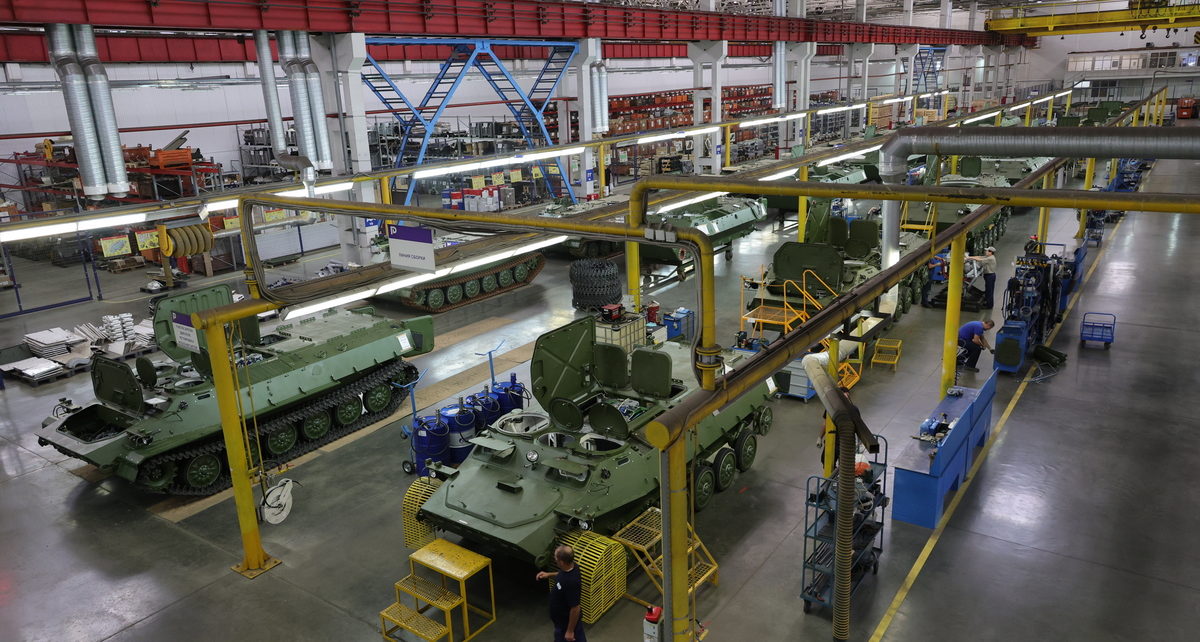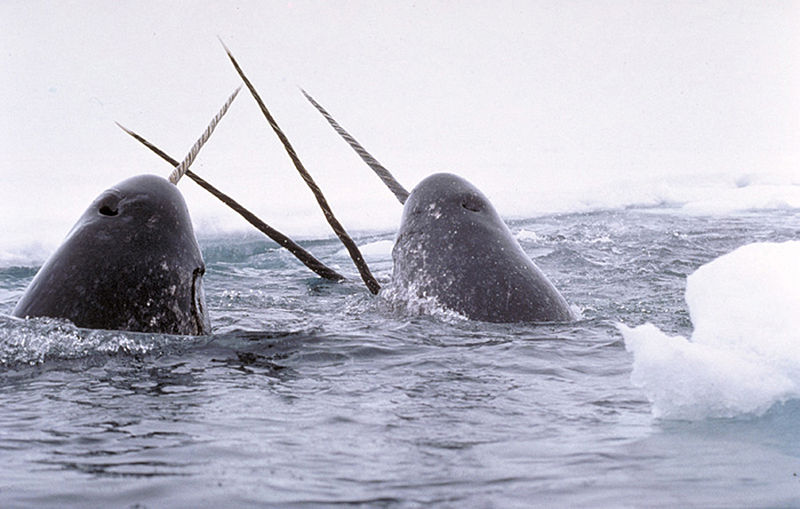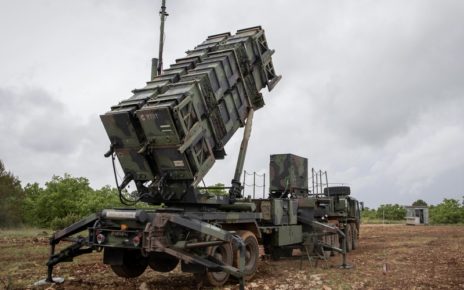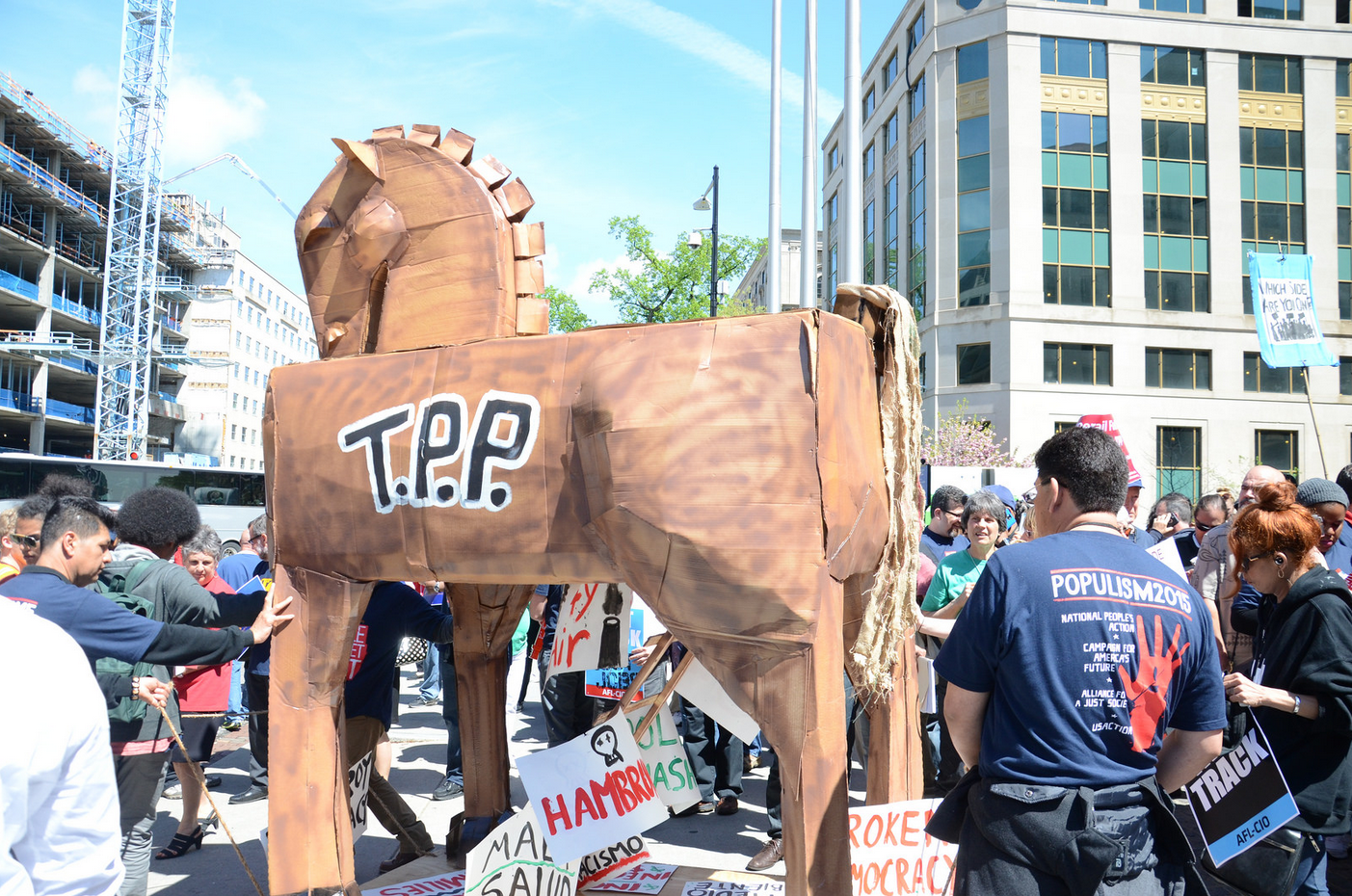Disclaimer: Any views or opinions expressed in articles are solely those of the author and do not necessarily represent the views of the NATO Association of Canada.
Russia’s recent success on the battlefield has been directly influenced by the robustness of the Russian defence industry’s land-domain sector. This sector can be characterized by its focus on quantity over quality, the refurbishment of stored equipment, and the mass production of ammunition. Thanks to the Putin regime’s ongoing fiscal and political support, defence production has increased substantially, creating a strategic paradigm that can be described as a ‘production war’ between Russia and Ukraine. This fact, coupled with stalled defence aid from Western nations, has facilitated battlefield gains for Russia and will give it a strategic advantage through 2024 and into 2025. However, the sustainability of Russia’s military advantages into 2025-2026 remains uncertain, as several challenges loom. This includes renewed support for Ukraine from Western partners, Russian labour shortages, the tightening of sanctions and the reality that much of Russia’s replacement land domain equipment stems largely from stored, refurbished, or obsolete stocks. These factors indicate that Russia’s defence industry land-domain sector will face severe limitations over the long term.
Comprehensive Overview
Due to the lack of transparent data, the exact scale of Russian defence spending is unclear, and how its defence industry operates remains uncertain. However, analysts have detailed that Russian defence spending was approximately $108 billion in 2023 and has increased by 60% in 2024. This represents 7.5% of GDP and accounts for 33% of the federal budget. Moreover, this reflects a pronounced shift towards a ‘war economy’ and a strategic priority placed on bolstering military equipment. Putin has asserted that through these investments in the defence industry, 520,000 new jobs have been created, now totalling 3.5 million across 6,000 firms. The sector’s growth has directly influenced the Russian economy and contributed to Russia’s 3 to 3.5% GDP growth rate. Russian procurement capacities to Western defence industries and procurement capacities should not be measured as a dollar-to-dollar, as purchasing power parity would suggest Russia’s defence spending is much higher than the recorded $108bn. This is important, because Russia pays its defence industries in roubles and is also able to maintain economic advantages such as lower pay for military personnel, industry workers, commodity input costs, and economies of scale and scope. Thus, it can be argued that not all spending is made equal when comparing Western and Russian defence procurement and its associated industries.
Additionally, due to public spending and the government’s coercive influence in the sector, firms have sought to boost labour participation and attract workers from the underdeveloped regions of Russia by offering high salaries. This has fueled domestic consumption in the broader economy and underdeveloped regions, with polling by Levada showing that this has been transformative as poorer classes have benefited directly from the drastic increases in government spending on the defence industry. Conversely, this economic momentum faces long-term instability, including concerns about Russian labour’s vitality, 16% interest rates and gross distortions in its public finances. Moreover, the disproportionate economic impact of spending on the defence industry is causing broader issues for civilian sectors, due to higher salary compensation and increased inflation. Nonetheless, Russia’s economy and fiscal stability have been mainly shielded, with debt-to-GDP largely unaltered since 2021, nominally at 15.5% by December 2023. Russia’s budgetary stability has resulted from a strategic position as a global energy and commodity supplier, and non-oil income revenue because of an increase in the economy and domestic consumption. If Russian Ural crude’s price stays above $60 a barrel the Russian National Wealth Fund will continue to give federal finances a fiscal safety net. This is not a certainty, due to the tightening of sanctions and the NWF already decreasing from $112bn in February 2022 to $55bn in February 2024. However, with Ural crude currently trading at $78 per barrel, the Russian state and its economic trade diversification in the medium term would be able to replenish the NWF. The US Treasury claims that the price cap on oil resulted in a revenue decrease of 40% from January to September 2023 for the Russian state. Due to the oil price cap, Russian Ural oil has witnessed a $12 to $13 discount per barrel of crude oil. Nonetheless, Russia is still reportedly trading oil above the price cap and utilizing a ‘shadow fleet’ to transport its oil.
Russia’s Defence Industry: Land-Domain
The Russian defence industry and land-domain sector, and its impact on the economy have been characterized as the ‘Kalashnikov economy’ by RUSI’s Richard Connolly, as the sector is increasingly focused on the mass production of durable, yet less sophisticated weaponry. Moreover, the industry is prioritizing the refurbishment of stored and outdated equipment over modern defence production lines. Sanctions have played a pivotal part in shaping the Russian defence industry by creating obstacles to importing critical inputs (i.e., machine tools, microchips, semiconductors) into defence equipment construction. The industry has been drastically hampered from producing newer-generation weapon systems such as the Su-57 fighter jet, and the T-14 Armata main battle tank, and reconstituting its damaged Black Sea naval fleet. Consequently, Russia’s defence exports have dwindled, with Russia’s share of the global arms trade falling to 11% (2019-2023) from 21% (2014-2018). Russia is struggling to fulfil its major advanced weapons systems contracts due to production issues. Moreover, exports of defence-related equipment have fallen sharply as current products are being diverted to replenish losses within the Russian military. In turn, the Russian defence industry has pivoted to lower-quality defence production, especially in the land-domain.
The ‘Kalashnikov economy’ is marked by its need to scavenge 25-year-old durable parts and mass electronic components which are nearly impossible to regulate through the international sanctions regime. This is exhibited in reports that the industry is resorting to stripping down fridges and other household appliances for use in the industry, as well as the necessity to turn back to older Soviet-model equipment with retrofitted upgrades. Currently, 80% of military equipment is being refurbished from storage facilities. Russian factories have claimed deliveries of 1,500 main battle tanks (MBT), 3000 armoured fighting vehicles (AFV) and armoured personal carriers (APC) per year, and the production of over 6 Iskandr 9M723 missiles a month. Notably within the deliveries 1,180-1280 MBTs, and 2470 infantry fighting vehicles and armoured personnel carriers are from storage, meaning Russia would be able to sustain its current attrition rates for another two to three years. Therefore, if Russia’s current attrition rates continue in Ukraine, its land force equipment will be severely depleted by 2026 as new production would total 320-220 MBTs and 530 AFV/APCs annually.
Russia’s Ministry of Defence and analysts at RUSI believe Russia’s strategic advantage lies in its mass ammunition manufacturing. The sector is reportedly producing and importing between 2.5 and 5 million 152mm and 122mm shells annually. While there are reports that the shells are low-quality and the sum is overestimated, according to NATO intelligence estimates shared with CNN Russia is producing drastically higher sums of artillery munitions than Western nations have been able to produce and supply to Ukraine. Russia’s advantage in artillery shell manufacturing results from existing structural advantages. These include Russia’s position as a major arms exporter before February 2022, which gave it the position as a major arms manufacturer and a unique breadth of production capacity. Since the annexation of Crimea in 2014, however, ammunition production has operated with inefficient and erratic means. This resulted from Western sanctions on the Russian economy and its defence industry since annexation, and because of overinvestment between 2000-2012. Thus, Russia’s overcapacity resulted in the capability to redirect defence factory production to lower-quality defence manufacturing, including the drastic increase in artillery shell production. Moreover, this has also been aided by the redeployment of mothballed civilian industries due to Russia’s failed modernization efforts since 2012 and the foreign companies leaving Russia, resulting in empty existing facilities. This has created an opportunity for the Russian defence industry to increase production from the position of scope and scale through a large quantity of government orders. This is also being achieved by command-driven economic models and 12-hour rotational shifts in factories, resulting in orders being delivered at record rates.
Russia is benefiting from new foreign sources of critical materials, components and battlefield goods. In artillery shell manufacturing sector, this includes suppliers in the West, such as Western allies and strategic partners, Turkey, Germany and Taiwan. Russia drastically increased the supply of nitrocellulose by 70% in 2022, a highly flammable product key ingredient for gunpower and rocket propellant manufacturing. Before the February 2022 invasion by Russia, Turkey contributed less than 1% of Russia’s nitrocellulose imports, by February 2023, it became a significant supplier, shipping nitrocellulose as an intermediary from German and Taiwanese-based suppliers. More critically, Russian strategic partner China has also played a pivotal role in providing Russia’s defence industry with millions of dollars of sanctioned dual-use priority and battlefield goods. This includes CNC machine tools, semiconductors, ball bearings, navigation equipment, aviation parts, body armour and tactical radios. When comparing November 2021 to November 2023, Russian imports of ball bearings, used in MBT and AFVs, there has been an increase of 345% from China. An investigation by CSIS notes that there has been a drastic rise in high-priority items, including electronic, mechanical components and CNC machines after President Putin and Chinese President Xi Jinping met in March of 2023. CNC machines are automatized industrial tools and are critically important to the defence industry, including automotive, metalworking and other industrial goods. China’s share of Russia’s machine tool parts imports increased to 32% in 2022 and 80-90% in 2023, and 60% (2022) and 90% (2023) for metalworking machine tools. This has garnered China the role as the most important country in Russia’s defence industry.
Battlefield Effects: Short-term to Long-term
RUSI’s Drs Watling and Reynolds assess that these dynamics are leading to direct gains on the battlefield in Ukraine as Russian forces are largely reconstituting their equipment and firing 10,000 shells to Ukraine’s 2,000 a day. While airpower, including the use of drones and air defence, are critical components in the war, the older generation armoured, support equipment and massed artillery have increasingly become vital on the front. As Josef Stalin stated in 1944, ‘Artillery is the God of war’ due to its range and its potentiality to produce mass destruction and shock and awe. While the land domain is not necessarily ‘God’ in the Russia-Ukrainian war, there is no doubt it is a critical component in Russia’s attrition of Ukraine’s forces, especially with the overwhelming quantity of Russia’s artillery and ammunition storage. Watling and Reynolds argue that Russian forces will peak in late 2024, with materiel challenges into 2025, while hoping to break Western resolve to support Ukraine by 2026. Still, beyond 2026 at the current rate, the attrition of military systems and equipment will begin to materially degrade Russian combat power, combined with Russia’s defence industrial capacity also diminishing over time. The Russian Ministry of Defence assesses that they need to acquire internationally or manufacture four million 152mm and 1.6 million 122mm artillery shells to make significant territorial gains in 2025. Over the long term, these targets are not feasible because of future labour shortages and the unreliability of receiving more ammunition from Russian partners, such as North Korea and Iran. Moreover, this ammunition production in the medium-to-long term is most likely unachievable due to the need to pivot towards producing new land-domain equipment, and the reality that sanctions are increasingly tightening. This factor will also be coupled with macro-economic inflationary costs and the near 30% increase cost of components and its effect on the Russian defence industry. Additionally, with 80% of retrofitted deliveries deriving from storage, it is predicted that by 2026 Russia will have exhausted and cannibalized these stocks. This will make the lead time for new equipment vastly longer, all the while Western production ramps up.
Another severe issue that the industry and broader economy face is growing labour shortages. Russia before the war had a looming labour shortage because of an aging population and demographic trends. However, with the war, this labour shortage has been drastically exacerbated, with estimates between 300,000 and 700,000 Russians leaving to avoid conscription and persecution. This is coupled with a declassified intelligence briefing to US Congress stating that 315,000 Russian personnel have been killed or injured during combat between February 2022 and December 2023. Thus, labour participation can be witnessed in the remarkable 3.2% unemployment rate in Russia, with the defence industry also turning to offer employment to students and even utilizing forced labour in instances. Analysts suggest that Russia is focusing on maximizing mass quantity and storing ammunition due to the growing lack of skilled labour. This is also reiterated by former Russian deputy Prime Minister and head of Roscosmos, Yuri Borisov, who said that the entire industry will lack 400,000 workers in the foreseeable future.
While Russia’s ‘victory’ is plausible without Western support, with Western support, it is unlikely. Western support has recently renewed, illustrated by the U.S. passing a $61bn package. The package includes $14bn towards the Ukraine Security Assistance Initiative, which the U.S. uses to buy advanced new weapon systems for the Ukrainian military directly from U.S. defence contractors. Moreover, Ukraine’s European partners are increasingly stepping up their efforts through new defence industry initiatives such as the European Defence Industrial Strategy, transfers of ammunition and promised air defence systems, as well as the largest investments in defence procurement since the Cold War.
Conclusion
Russia’s recent military successes, particularly in the land domain, have been fueled by a combination of factors including significant investments in defence production, a focus on quantity over quality, and the refurbishment of stored land-domain equipment, such as MBTs and AFVs. This strategic approach has enabled Russia to increase battlefield momentum in its war with Ukraine, creating what can be termed a relatively successful ‘production battle’ with the West. Nonetheless, the sustainability of Russia’s military advantage beyond the immediate future is uncertain due to several challenges. These challenges include renewed support for Ukraine from Western nations, labour shortages within Russia, tightening sanctions on critical components, battlefield goods, and critical revenue streams, and the overreliance on refurbished or outdated land-domain equipment. While Russia has shown relative resilience in its defence industry, there are limits to the effectiveness of its strategy. Moreover, while the stimulation of the economy has been influenced by massive investments in the defence industry, stimulating consumption and providing employment opportunities, it also poses risks such as inflation, strains on public finances, and the exacerbation of labour shortages. Looking ahead, it appears that Russia is increasingly putting everything it can into the ‘production war’ and pushing for a short-to-medium-term victory in Ukraine. This is predicated on Russian hopes that they can overpower Ukraine due to the stalled deliveries of equipment and critical ammunition. However, if Ukraine can stem the recent battlefield advances by Russia, and the West can increase its industrial-military capacity, in North America, Europe and Ukraine itself, Ukraine can blunt Russia’s current advantages; manpower, equipment and ammunition. In turn, the fiscal capacity of the Russian state will become increasingly obsolete and its strategic advantages in defence production will diminish, as it will increasingly slow as a result of a lack of critical inputs and stored equipment.
Photo: “MT-LB being renovated inside Tatarstan military-industrial complex” (2023), Wikipedia Commons. Licensed under C.C. 4.0.
Disclaimer: Any views or opinions expressed in articles are solely those of the author and do not necessarily represent the views of the NATO Association of Canada.




